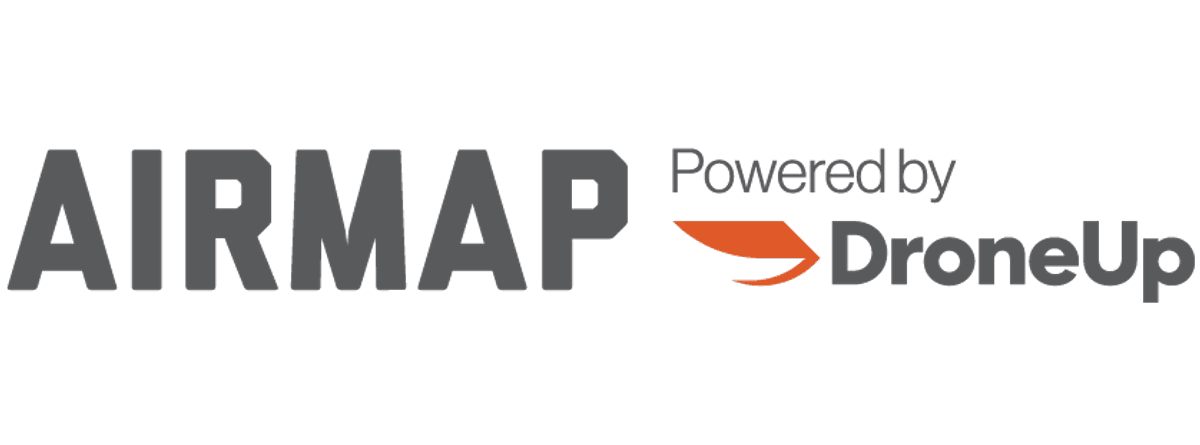There are no provisions regarding recreational flights at night, therefore they are not prohibited.
(a) In General.--Except as provided in subsection (e), and
notwithstanding chapter 447 of title 49, United States Code, a person
may operate a small unmanned aircraft without specific certification or
operating authority from the Federal Aviation Administration if the
operation adheres to all of the following limitations:
(1) The aircraft is flown strictly for recreational purposes.
(2) The aircraft is operated in accordance with or within the
programming of a community-based organization's set of safety
guidelines that are developed in coordination with the Federal
Aviation Administration.
(3) The aircraft is flown within the visual line of sight of
the person operating the aircraft or a visual observer co-located
and in direct communication with the operator.
(4) The aircraft is operated in a manner that does not
interfere with and gives way to any manned aircraft.
(5) In Class B, Class C, or Class D airspace or within the
lateral boundaries of the surface area of Class E airspace
designated for an airport, the operator obtains prior authorization
from the Administrator or designee before operating and complies
with all airspace restrictions and prohibitions.
(6) In Class G airspace, the aircraft is flown from the
surface to not more than 400 feet above ground level and complies
with all airspace restrictions and prohibitions.
(7) The operator has passed an aeronautical knowledge and
safety test described in subsection (g) and maintains proof of test
passage to be made available to the Administrator or law
enforcement upon request.
(8) The aircraft is registered and marked in accordance with
chapter 441 of this title and proof of registration is made
available to the Administrator or a designee of the Administrator
or law enforcement upon request.
And, accordingly, the FAA makes no mention of any restrictions either:

www.faa.gov













